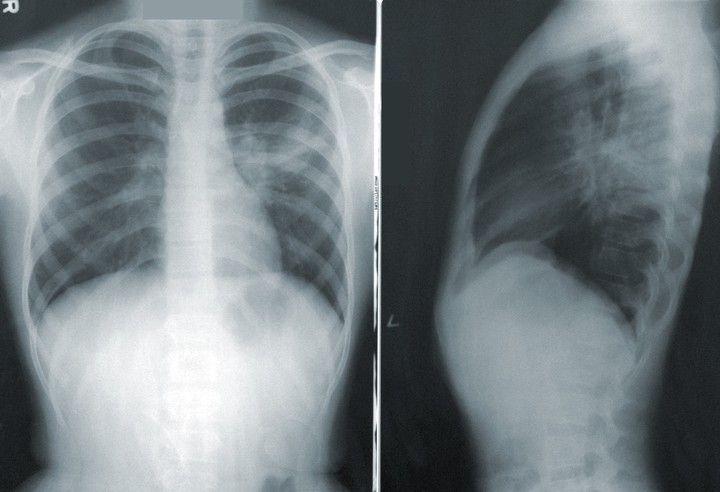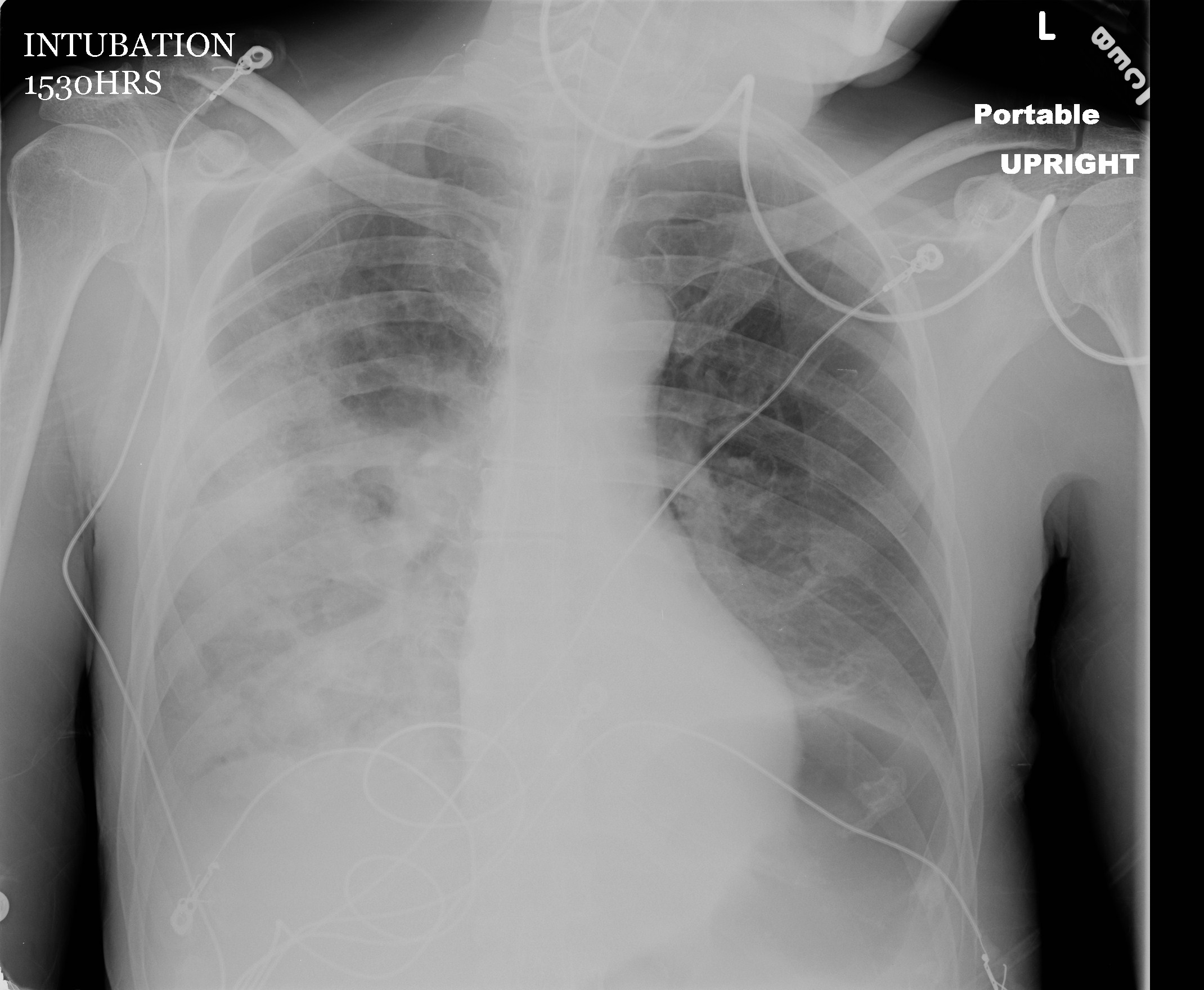
Based on recent guidelines published by the Infectious Diseases Society of America and summarized on the CHOP Emergency Department clinical pathways website, a patient who meets criteria for a diagnosis of mild pneumonia - a non-toxic patient over 3 months of age without increased work of breathing and pulse ox >90% - can be treated as an outpatient with high-dose amoxicillin and close follow-up without chest X-ray or blood work. In the above patient, fever and cough combined with the finding of rales lead to a presumptive diagnosis of community-acquired pneumonia. However, a detailed history and thorough physical exam may elicit red flags that lead to an expanded differential diagnosis including typical and atypical bacterial pathogens, autoimmune processes, cardiac pathology, or oncologic etiology. Even the complaint of intermittent fevers in the absence of other historical concerns or physical exam findings can often be attributed to “back-to-back” viral illnesses. In an otherwise healthy child, these symptoms are typically associated with a viral etiology best treated with parental reassurance and supportive care. Discussionįever and/or cough are two of the most common chief complaints in any outpatient pediatric setting. 2C: CT scan from June 30 shows the mass resolved. 2B: CT scan from May 16 shows a decrease in the mass after 2 cycles of chemotherapy. He will continue his protocol with radiation therapy and surveillance studies.įigure 2: CT scans before and after chemotherapyĢA: This CT scan was taken during the patient’s initial admission to The Children’s Hospital of Philadelphia on March 29. On his last CT scan (see Figure 2), the patient had “essential resolution of the previously seen mediastinal mass and supraclavicular adenopathy.” At his most recent follow-up at the Oncology clinic at the CHOP Care Network King of Prussia Specialty Care Center, he was asymptomatic and playing on his travel baseball team. He was admitted and received a final diagnosis of Hodgkin’s lymphoma.įigure 1: The initial X-ray taken at the Urgent Care Center showed left-sided pleural effusion in the context of a 16-cm anterior mediastinal mass.Ĭhemotherapy was initiated as an inpatient and completed as an outpatient. The patient was transported via CHOP Transport to the Main Campus Emergency Department for further evaluation.

The chest X-ray (see Figure 1) did reveal a left-sided pleural effusion in the context of a 16-cm anterior mediastinal mass. There was a palpable liver edge without splenomegaly.ĭiagnosis was presumed community-acquired pneumonia and, based on his ill appearance, a chest X-ray was obtained to evaluate for possible complications such as effusion. He was found to have an erythematous throat, “shotty” cervical chain adenopathy, and decreased breath sounds with left-sided rales and no wheeze. Vital signs were significant for fever and tachycardia with normal respiratory rate, blood pressure, and oxygen saturations.

On exam he was thin and ill appearing, but without acute distress. They denied weight loss, night sweats, dyspnea, wheezing, chest pain, GI symptoms, or joint pain. On review of systems, parents reported intermittent fevers, self-limited nosebleeds, and facial rash. Past medical history was negative for asthma. A previously healthy 12-year-old boy presented to CHOP Urgent Care with fever and nonproductive cough.


 0 kommentar(er)
0 kommentar(er)
